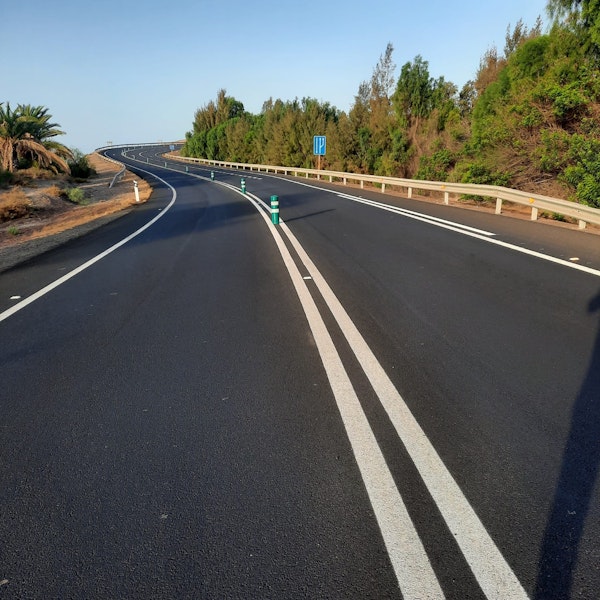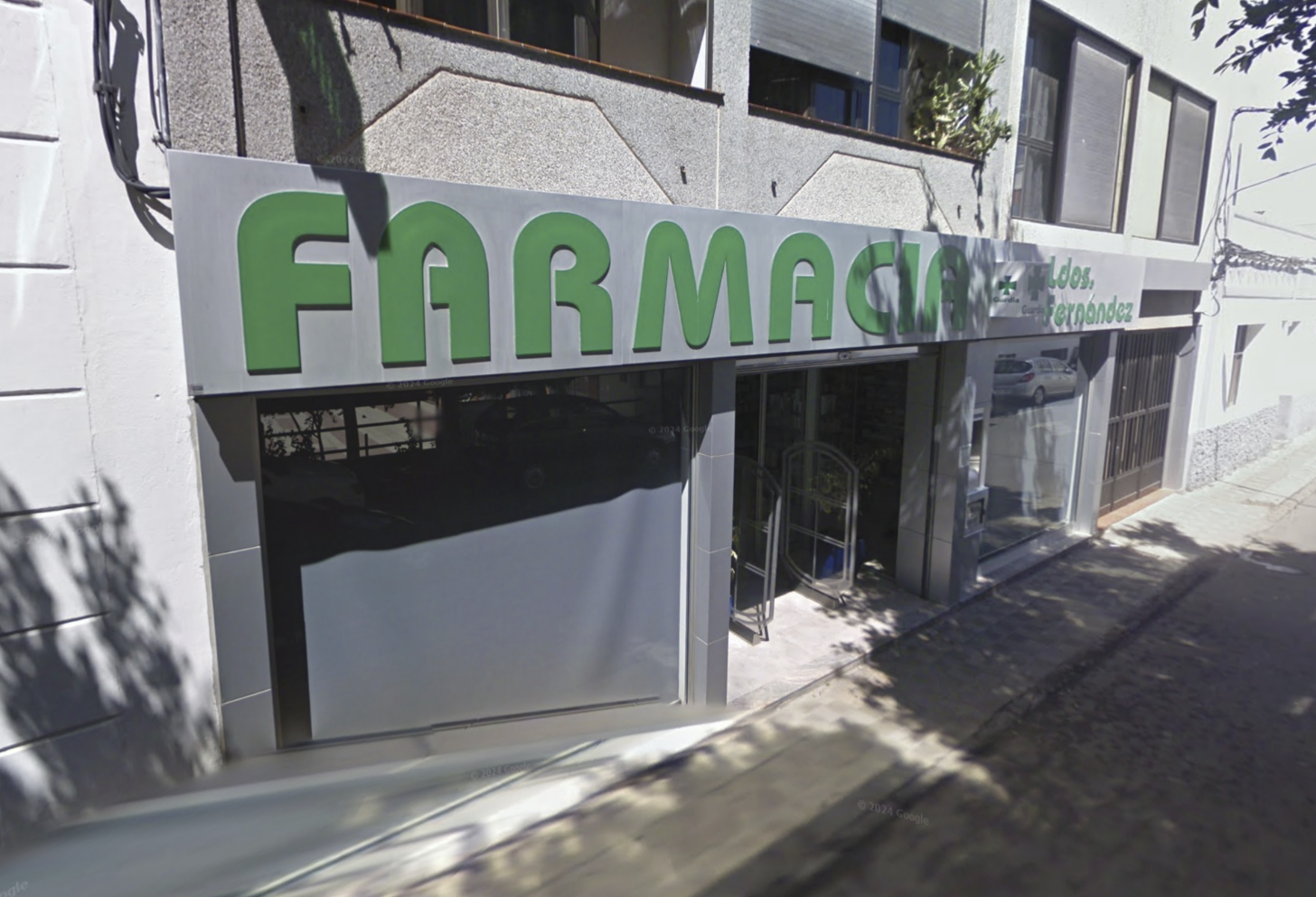These additions complete the rehabilitation of the road surface of the slow lanes on this stretch of road to prevent the aquaplaning effect.
The Cabildo de Fuerteventura, from the Road Service, has placed lane separation bollards on the FV-2 at the height of La Lajita, in the area known as Cuesta de La Pared. These provisions are a complement to the already executed rehabilitation of the road surface of the slow lanes.
The FV-2 is a strategic road in communications and the economy of southern Fuerteventura, especially the section on which work has been done in this action, between kilometer points 58.2 and 59.2, as it is a section heavily traveled by residents and tourists that provides access to one of the most important assets of the island as is the Oasis Wildlife.
The president of the Cabildo, Lola García, highlights the value of the work being carried out on the island’s road network, in this case, a strategic road for communications and the economy of the south of the island.
The Road Service directed by Blas Acosta pays special attention to the optimal conservation of the asphalt road network of Fuerteventura under the premise that “investing in the safety and comfort of workers and carriers who use it daily affects the development of economic activities in the area and the good experience of tourists”.
The lane separation bollards installed now are in addition to the work already carried out to rehabilitate the road surface in the slow lanes of the FV-2 at La Lajita. For this purpose, an SMA-11 type mix was used between kilometer points 58.2 and 59.2 (La Lajita curves) to solve the most recurrent problems in that section, basically sliding or ‘aquaplaning’.













